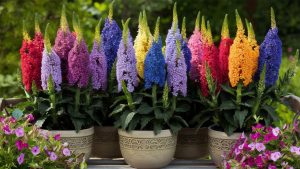As the grip of winter begins to loosen, March arrives with the promise of spring. It’s a pivotal time for all gardeners, especially beginners eager to cultivate their green thumb. This month is filled with essential tasks that lay the groundwork for a fruitful growing season.
In this detailed guide, we’ll expand on the March garden checklist, providing structured information across various areas of garden preparation, planting, pest control, moisture management, upkeep, and more.
Soil Preparation for Spring
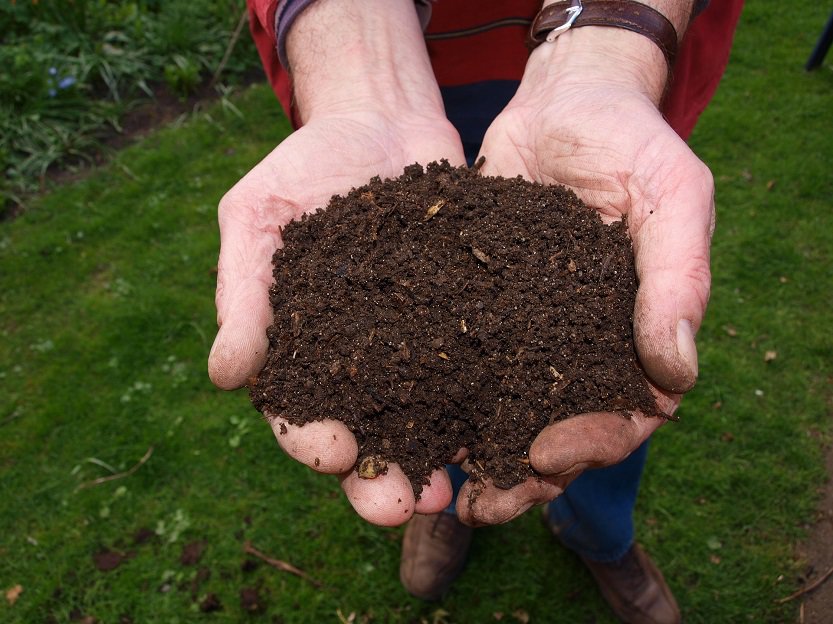
The success of your garden largely depends on the quality of your soil. A well-prepared soil not only provides essential nutrients but also supports plant health by enabling proper drainage and root development. In March, it’s crucial to assess your soil, make necessary amendments, and improve its structure to ensure it’s ready for planting. Below are key activities to consider for soil preparation.
Assessing Soil Health and Nutrient Levels
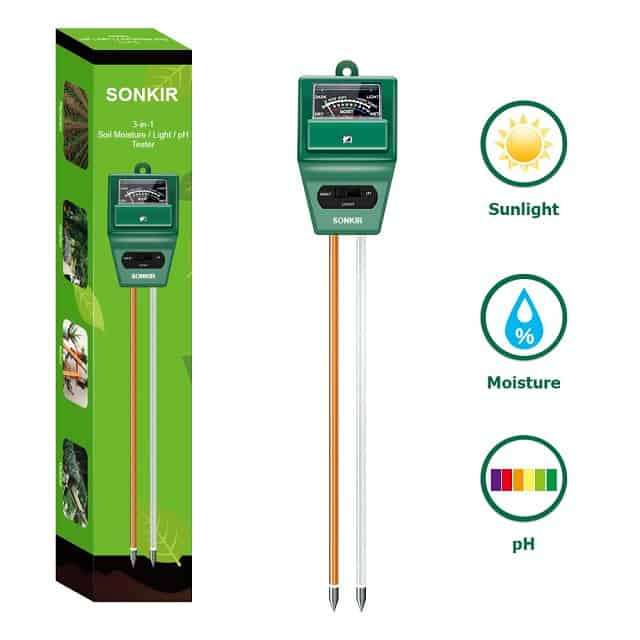
Understanding the nutrient profile and overall health of your soil is the first step in ensuring that your garden flourishes. Assessing soil health involves testing for pH, nutrient levels, and biological activity, which will provide insights into what amendments might be necessary. This foundational knowledge allows you to cater to your plants’ specific needs by addressing deficiencies before planting.
Conduct a Soil Test:
Use a soil testing kit or send a sample to a local agricultural extension.
Check for pH levels, nutrient deficiencies, and organic matter content.
Observe Soil Texture:
Take note of drainage and compaction.
Identify whether your soil is sandy, clayey, or loamy.
Look for Signs of Life:
Count the presence of earthworms, which indicate a healthy ecosystem.
Examine root systems of perennials or established plants to assess soil compaction.
Techniques for Improving Soil Structure

Improving soil structure enhances aeration and water retention, which are vital for root health. There are several techniques to consider, each offering unique benefits. By combining these methods, you can create a rich and inviting environment for your plants to thrive.
Aeration:
Use a garden fork or aerator to poke holes in the soil.
Aeration reduces compaction and encourages root growth.
Soil Amendments:
Incorporate gypsum for clay soils to enhance drainage.
For sandy soils, add organic matter to improve water absorption.
Double Digging:
Dig deeply—at least 12 inches—mixing in compost as you go.
This technique improves aeration and allows deeper root growth.
Adding Organic Matter and Fertilizers
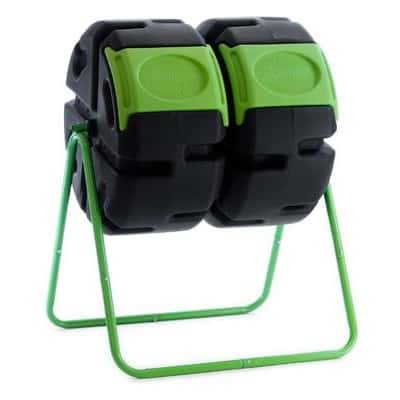
Incorporating organic matter and fertilizers is crucial for enriching your soil and ensuring that it’s nutrient-dense. Organic matter improves the soil’s ability to retain moisture and nutrients while fertilizers provide the essential nutrients that may be lacking in your soil. Choosing the right amendments is vital for the health of your plants.
Compost:
Work in 2-3 inches of well-rotted compost to boost soil health.
Focus on balancing carbon-rich “browns” (dry leaves, straw) and nitrogen-rich “greens” (grass clippings, vegetable scraps).
Organic Fertilizers:
Select slow-release fertilizers, choosing products with low phosphorus if gardening in sensitive areas.
Apply according to soil test recommendations.
Mulching:
Consider applying mulch around planting areas to enhance soil as it decomposes.
Spread a layer about 2-3 inches thick.
Early Planting Tips
March is the perfect time to plan and begin planting in your garden. As the last frost of winter recedes, the soil begins to warm up, creating an ideal environment for many early-season crops. Understanding which plants to sow and the methods to use can give your garden a robust start. Below are some essential tips to guide your planting endeavors.
Selecting Early-Season Vegetables and Flowers
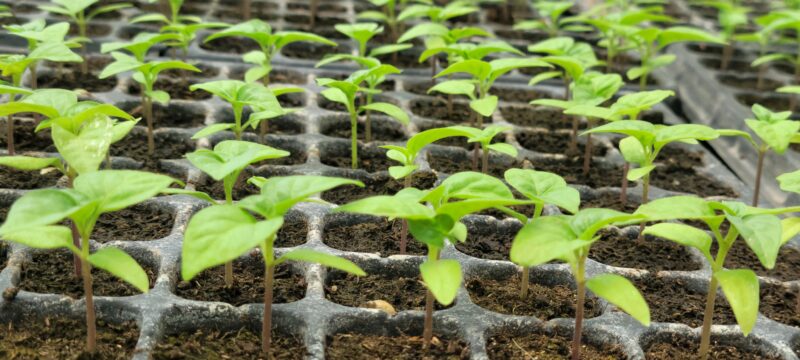
Choosing the right vegetables and flowers to plant this early in the season is essential for a successful garden. Certain crops thrive in cooler temperatures and can be sown directly into the ground or started indoors, setting the stage for a fruitful spring. Here are some plants suitable for March planting:
Vegetables:
Direct Sow: Peas, spinach, lettuce, radishes, and kale.
Seeds to Start Indoors: Tomatoes, peppers, and eggplants, to be transplanted later.
Flowers:
Early bloomers like pansies, snapdragons, and calendula add color.
Consider biennials like hollyhocks for future spring blooms.
Starting Seeds Indoors vs. Direct Sowing
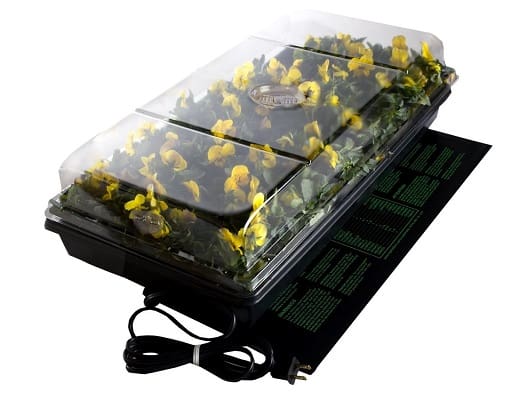
Understanding whether to start seeds indoors or to direct sow them in your garden can significantly impact your garden’s success. Each method has its advantages, and knowing when and how to use them can optimize your planting strategy. This section outlines the best practices for both approaches.
Starting Indoors:
Use seed trays with a seed-starting mix for warmth and support.
Place under grow lights or near a sunny window for 12-16 hours a day.
Direct Sowing:
Mark rows in prepared soil for easy navigation.
Follow seed packet instructions for depth and spacing.
Transplanting:
After hardening off, make sure seedlings have enough room and nutrients at the final site.
Transplanting Seedlings into the Garden
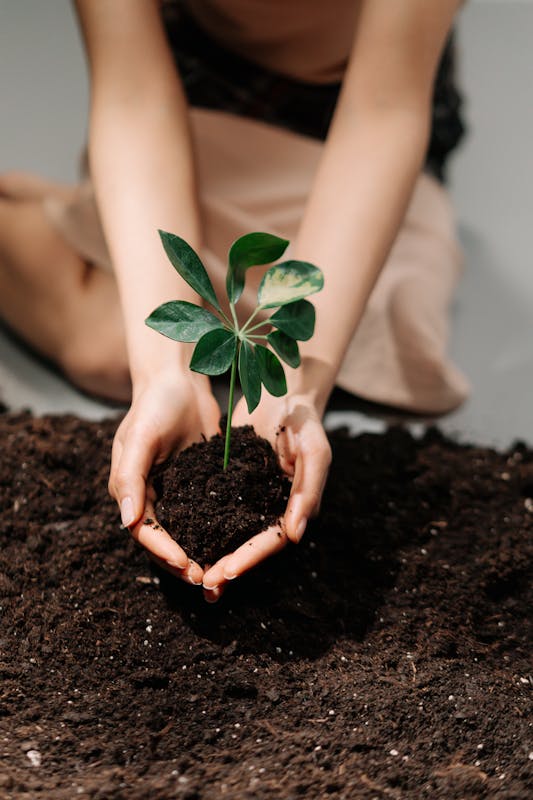
Once your seedlings are robust enough, transplanting them into your garden is the next step. This transition from indoors to outside can be stressful for young plants, but with proper techniques, you can significantly enhance their survival rate and promote strong growth.
Timing:
Wait until the threat of frost passes, usually around mid to late March in many regions.
Hardening Off:
Begin 7-10 days before transplanting—start with an hour of outdoor exposure, gradually increasing.
Transplanting Steps:
Dig holes slightly larger than the seedlings’ root balls.
Water well after planting, and provide shade if temperatures soar.
Controlling Early-Season Pests
As your garden awakens, it is crucial to manage early-season pests that threaten your budding plants. These pests can quickly disrupt your growing plans, but preventive measures and organic control methods can help protect your crops. Here are several ways to identify and manage pests effectively.
Identifying Common Early-Season Pests
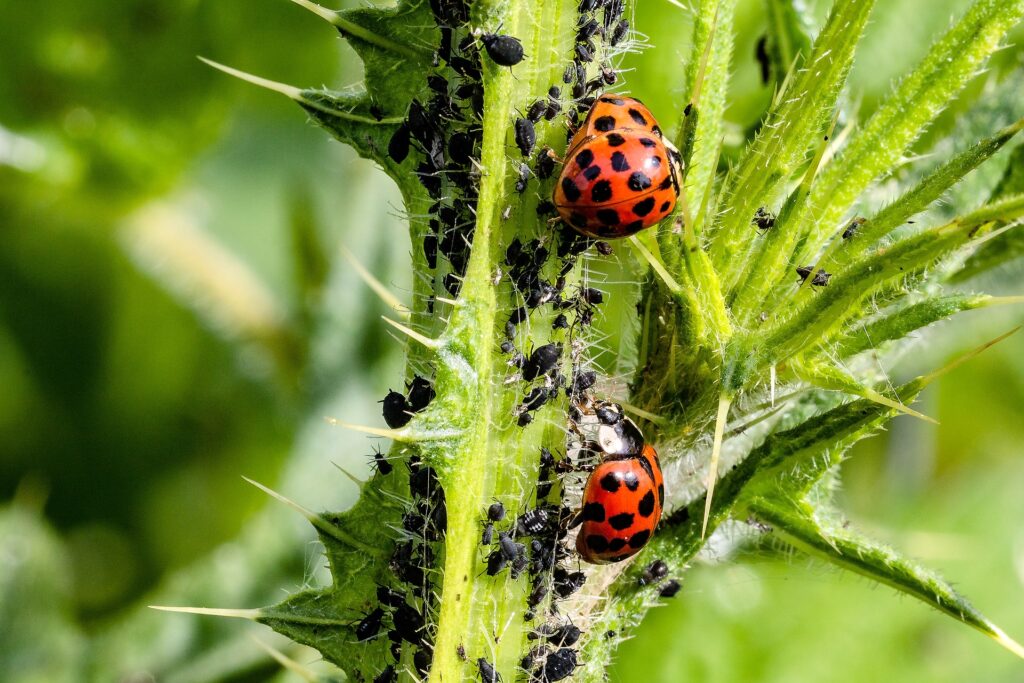
Recognizing common pests in your garden is the first step towards effective pest management. Familiarizing yourself with the look and behavior of these pests allows you to take action before they cause significant damage to your plants. Here’s a list of pests to watch for in early spring:
Aphids:
Small, soft-bodied insects found on the undersides of leaves.
Often appear in clusters.
Cutworms:
Generally found at the soil line and can sever young plants at the base.
Flea Beetles:
Tiny black or brown beetles that cause small holes in leaves.
Organic Pest Control Methods
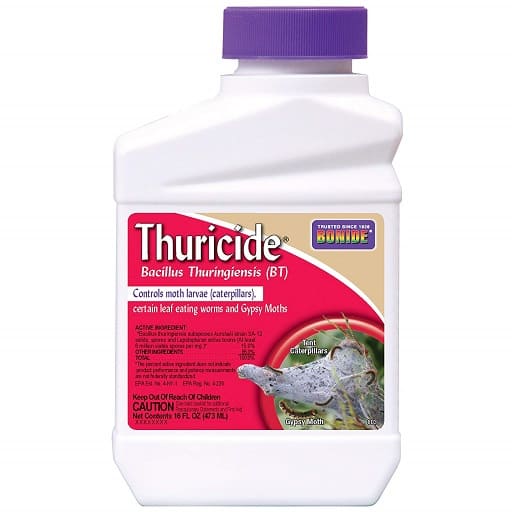
Employing organic methods to control pests can effectively protect your plants while maintaining environmental health. Many natural treatments can deter pests without the use of harmful chemicals. Here are some organic control methods to consider:
Neem Oil:
A natural pesticide that disrupts pest hormones—apply according to label directions.
Insecticidal Soap:
Effectively kills soft-bodied insects—spray directly onto pests.
Diatomaceous Earth:
Dust around plants to deter crawling insects without harming beneficial bugs.
Preventative Measures to Keep Pests at Bay
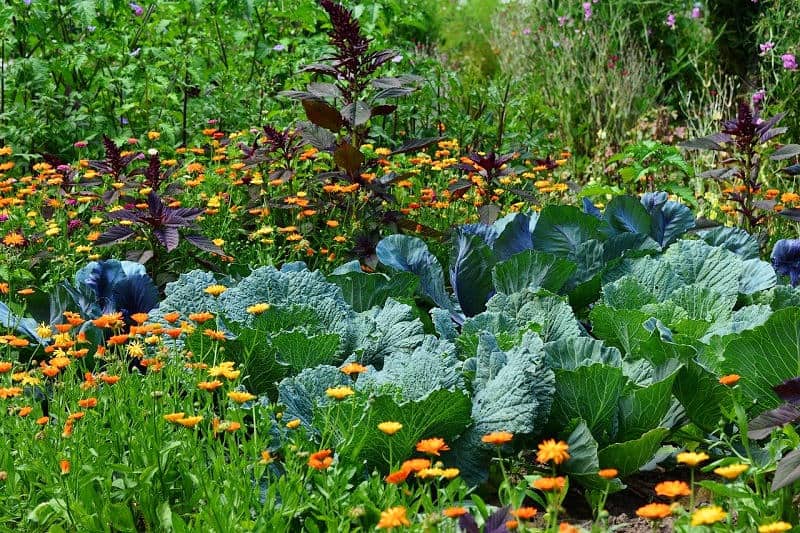
Preventative measures are key to minimizing pest issues before they begin. Proactive strategies can help create an environment where pests are less likely to thrive. Consider the following measures to safeguard your garden:
Companion Planting:
Plant flowers like marigolds and nasturtiums that repel certain pests.
Crop Rotation:
Limit pest specialization by rotating crops each season.
Row Covers:
Use lightweight fabric to create a barrier against pests while allowing sunlight and rain.
Managing Moisture and Irrigation
Effective moisture management is critical, especially for newly planted seeds and seedlings that require consistent watering to thrive. Proper irrigation strategies can help ensure that plants receive adequate hydration while preventing overwatering. Here’s how to manage moisture effectively:
Setting Up Irrigation Systems for New Plantings
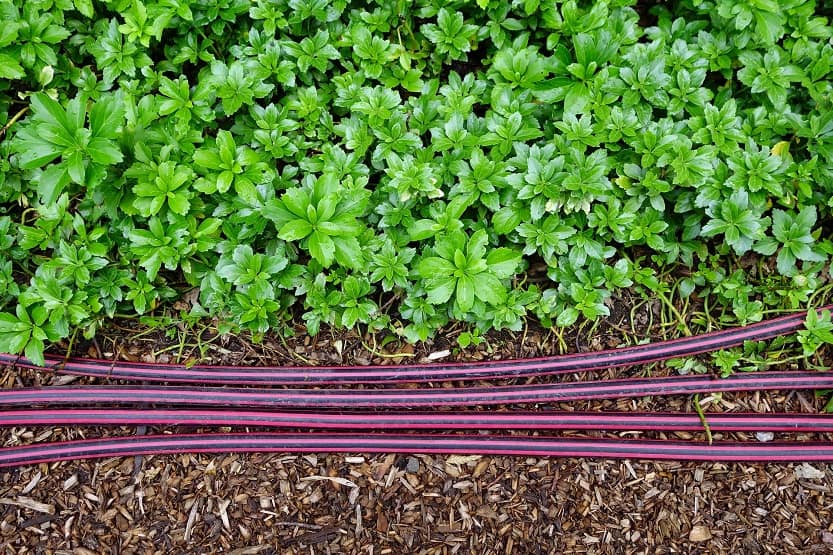
Implementing an appropriate irrigation system is essential for maintaining the right moisture levels in your garden. Different systems will suit various garden sizes and layouts, so consider your needs carefully. Here are some options for irrigation:
Drip Irrigation:
Perfect for direct watering; prevents over-saturation and targets the root zone.
Soaker Hoses:
Efficiently deliver moisture to the soil—lay them along plant rows.
Hand Watering:
For small gardens, ensure consistent watering using a watering can or hose.
Mulching to Retain Moisture and Suppress Weeds
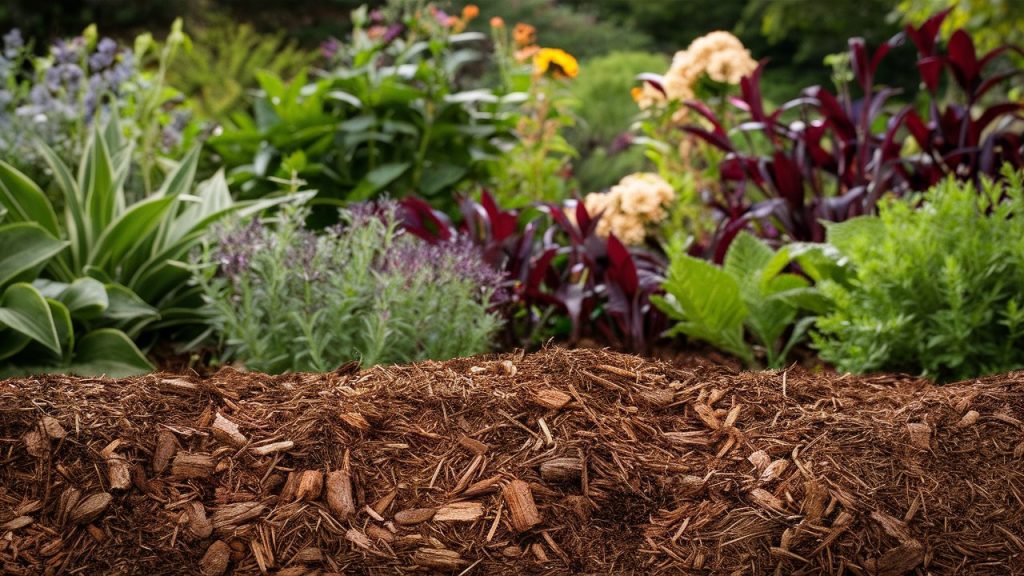
Applying a layer of mulch helps to regulate soil temperature, retain moisture, and suppress unwanted weeds, creating an ideal environment for your plants. Mulching has multiple benefits and is an easy addition to your garden routine:
Material Selection:
Choose organic mulches like straw, wood chips, or shredded leaves.
Application:
Spread 2-3 inches around plant bases, keeping it away from stems to prevent rot.
Weed Control:
Prevent weed growth by blocking sunlight and smothering small weed seedlings.
Pruning and Maintenance Tasks
Engaging in regular maintenance during March is vital for ensuring the health of existing plants and creating an organized garden environment. Pruning and cleaning tasks set the stage for vigorous growth and enhance both the appearance and productivity of your garden. Here’s how to approach these tasks:
Pruning Shrubs and Trees for Healthy Growth

Pruning is essential for many plants as it promotes healthy growth and can enhance flowering and fruiting. March is an ideal time to prune many trees and shrubs because it encourages the plants to grow stronger once the warmer weather arrives. Here are some pruning tips:
Identify Pruning Needs:
Remove dead or diseased branches from shrubs and trees.
Trim back overgrowth for shape and better air circulation.
Timing:
Prune before new growth begins for flowering plants that bloom in summer.
Technique:
Use sharp, clean tools and make cuts at an angle to allow for better healing.
Cleaning Up Dead Plant Material and Debris
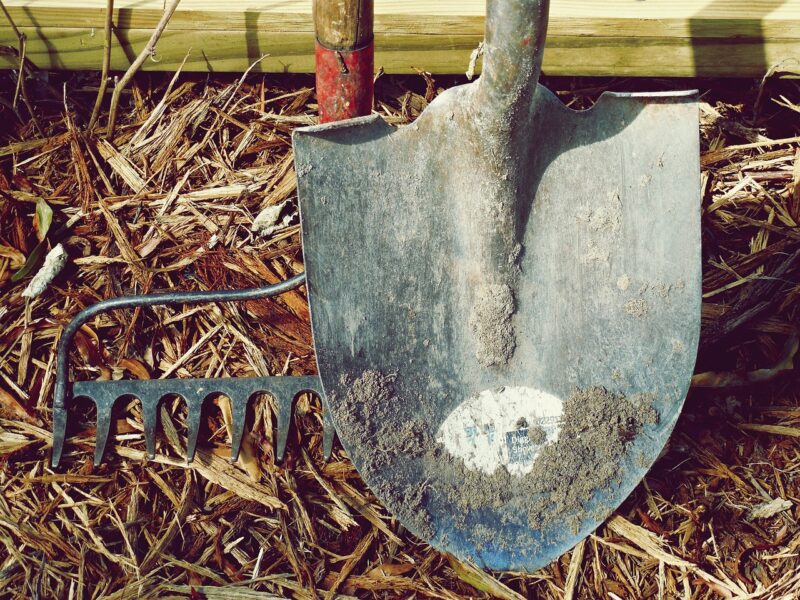
March is a perfect time to clean up your garden from the remnants of winter. Removing fallen leaves, dead branches, and other debris not only makes your garden look better but also helps to prevent disease and pest issues. Follow these steps to effectively clean your garden:
Rake Debris:
Collect fallen leaves, twigs, and other organic matter.
Dispose of diseased material in green waste to prevent disease spreading.
Inspect Perennials:
Cut back last year’s growth to encourage new shoots.
Fertilize Clean Areas:
After clean-up, apply compost or organic fertilizers to rejuvenate beds.
Preparing Garden Beds and Borders
March is a prime time for preparing garden beds, optimizing conditions for planting, and enhancing the aesthetics of your space. Thoughtful bed and border preparation not only improves plant growth but also makes your garden functional and visually appealing. Here are some tasks to consider:
Edging and Defining Garden Borders
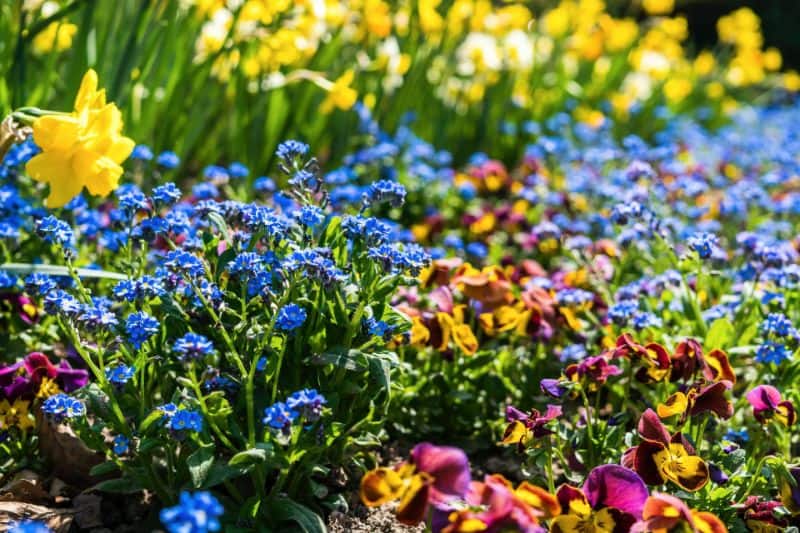
Clearly defined garden borders can enhance the look of your garden and help with maintenance. Edging materials also prevent soil erosion and keep your mulch contained, creating a polished appearance. Here’s how to create effective garden edges:
Define Borders:
Use edging materials like bricks, stones, or native plants.
Create a physical barrier for mulch retention and lawn separation.
Create Pathways:
Incorporate pathways using mulch, gravel, or stepping stones for easy access.
Reinforce with Materials:
Ensure borders are stable, checking for erosion or shift from water or foot traffic.
Planning and Planting Perennial Beds
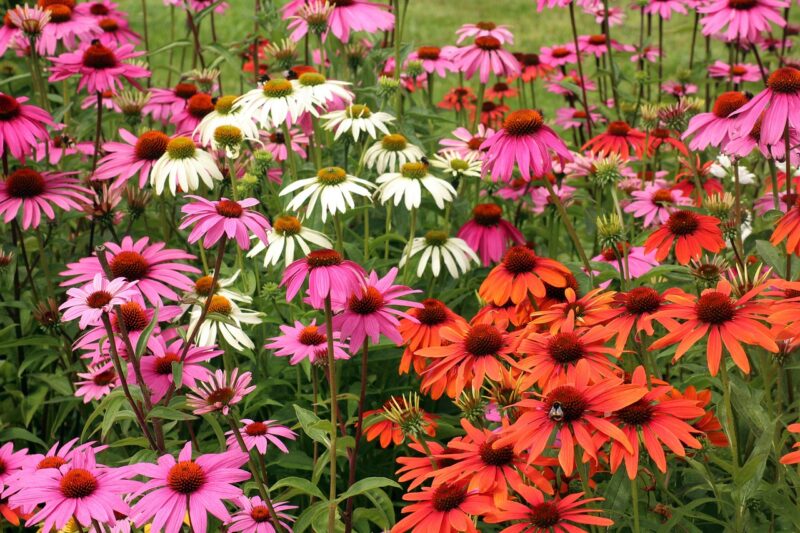
March is perfect for planning perennial flower beds, which come back year after year, providing sustainable color and beauty. Careful planning can help ensure a vibrant display throughout the growing season. Here are some steps to get started:
Design:
Sketch your garden plan, noting the height and bloom times of perennials.
Choosing Plants:
Select a mix of bloom times and colors—consider flavor, fragrance, and wildlife attractants.
Soil Preparation:
Enrich soil as per guidance in the soil preparation section before planting.
Greenhouse and Cold Frame Management
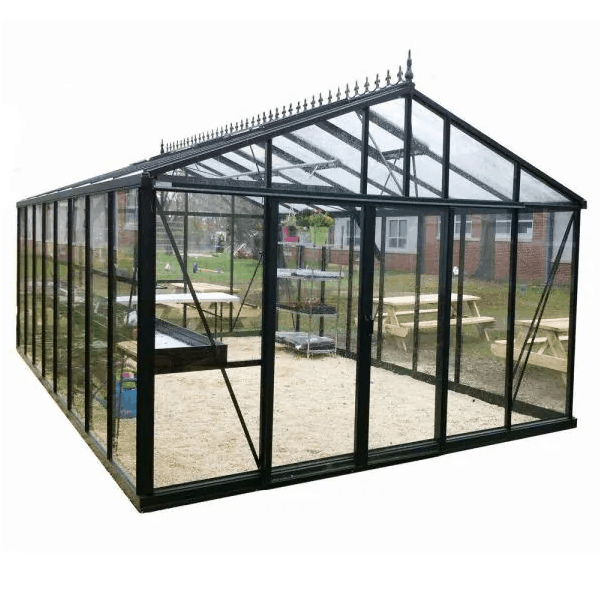
For those fortunate enough to have greenhouses or cold frames, March is the perfect opportunity to utilize them for starting crops early. These structures can significantly extend your growing season and give you an advantage with warm-season crops. Here’s how to make the most of your greenhouse or cold frame:
Starting Warm-Season Crops in Protected Environments
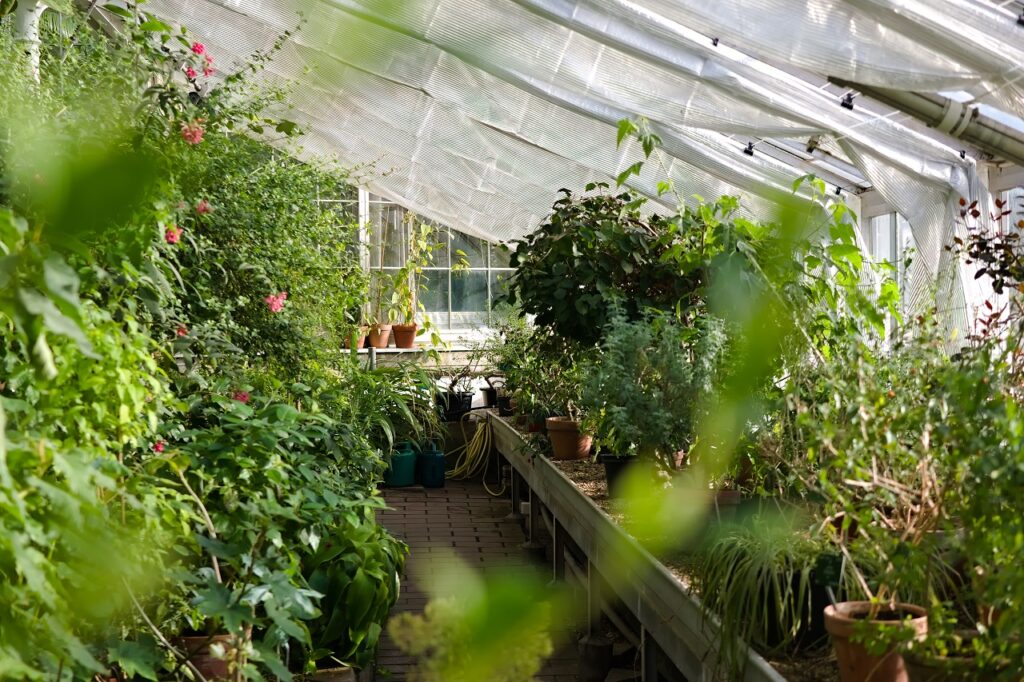
If you’re keen to grow warm-season vegetables, starting them in a greenhouse or cold frame can provide the necessary warmth and protection to promote early growth. Taking advantage of these structures sets a solid foundation for successful gardening. Consider the following:
Ideal Plants:
Start tomatoes, peppers, and eggplants in seed trays indoors or in greenhouses.
Soil and Containers:
Use high-quality seed starting mixture in clean, sanitized trays.
Monitor Growth:
Keep the seedlings moist but not waterlogged, and ensure they have plenty of light.
Ventilation and Temperature Control Tips
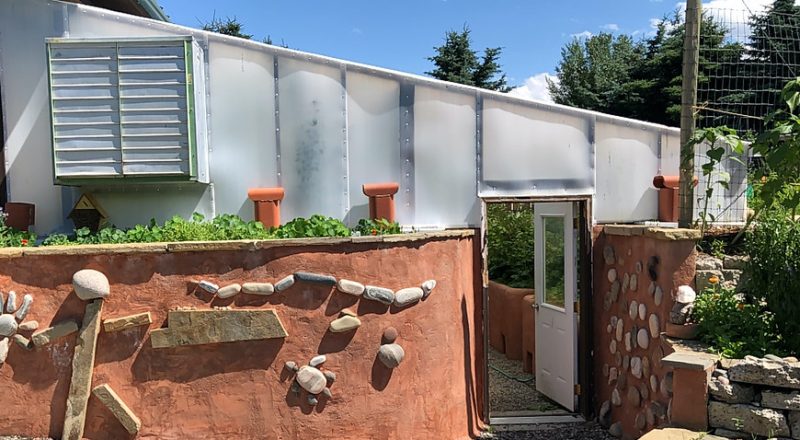
Maintaining proper ventilation is crucial in a greenhouse, especially as temperatures begin to increase. Proper airflow and temperature control can protect your plants from heat stress and diseases. Here are some ways to monitor and manage conditions:
Temperature Checks:
Maintain an ideal range between 70°F and 85°F, adjusting as necessary.
Ventilation Practices:
Open doors and vents on sunny days to prevent overheating.
Use Shade Cloths:
In warmer climates, apply shade cloths during peak sunlight to cool down the environment.
Encouraging Beneficial Wildlife
Encouraging beneficial wildlife in your garden can lead to natural pest control and pollination support, which is crucial for a thriving ecosystem. Integrating wildlife-friendly practices can increase the diversity of beneficial species in your garden, leading to a more balanced environment. Here are some effective strategies to consider:
Attracting Pollinators to Your Garden
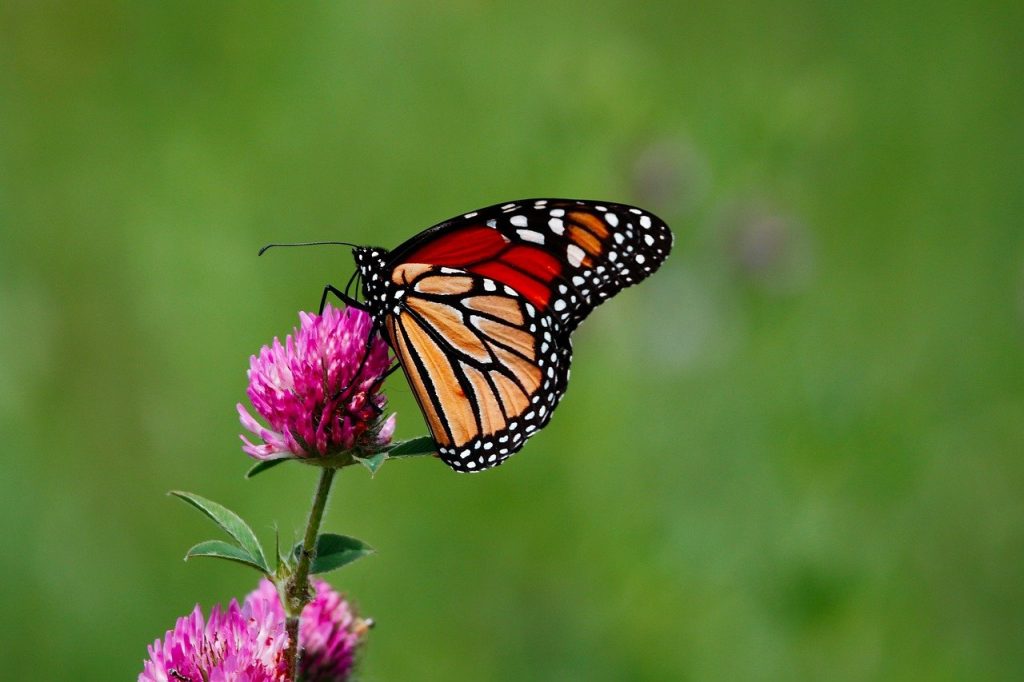
Planting a wide variety of flowering plants not only beautifies your garden but also draws essential pollinators. These creatures play a vital role in the pollination of your vegetables and flowers, thus increasing yields and blooms. Here’s how to attract them:
Diverse Flower Selection:
Choose a variety of flowering plants that bloom at different times, ensuring a continuous food source.
Native Plants:
Use native plants that are adapted to your local environment and preferred by native pollinators.
Water Supply:
Provide shallow water dishes or puddles to support drinking needs.
Creating Habitats for Beneficial Insects and Birds
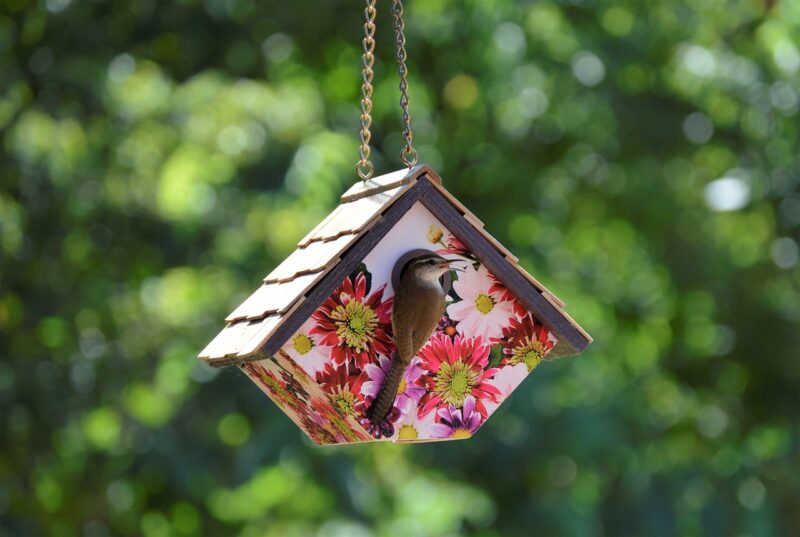
Fostering habitats for beneficial insects and birds not only supports biodiversity but also increases pest control and pollination actions in your garden. Creating safe and welcoming spaces can greatly enhance the effectiveness of your gardening efforts. Here are several ways to provide these habitats:
Construct Insect Hotels:
Use wood, leaves, and hollow stems to create bug habitats, promoting natural pest control.
Install Birdhouses:
Choose birdhouses designed for native species in your area to encourage nesting.
Leave Areas Untended:
Allow patches of wild flowers or native grasses to grow; this can attract and support various beneficial insects and pollinators.
In conclusion, March is a month ripe with opportunities and tasks that set the stage for a successful gardening season. By diligently following this checklist, beginners can establish robust practices that help cultivate a thriving garden, attract wildlife, and promote a vibrant ecosystem. So grab your gardening gloves, tools, and enthusiasm—March is here, and it’s time to dig in!





